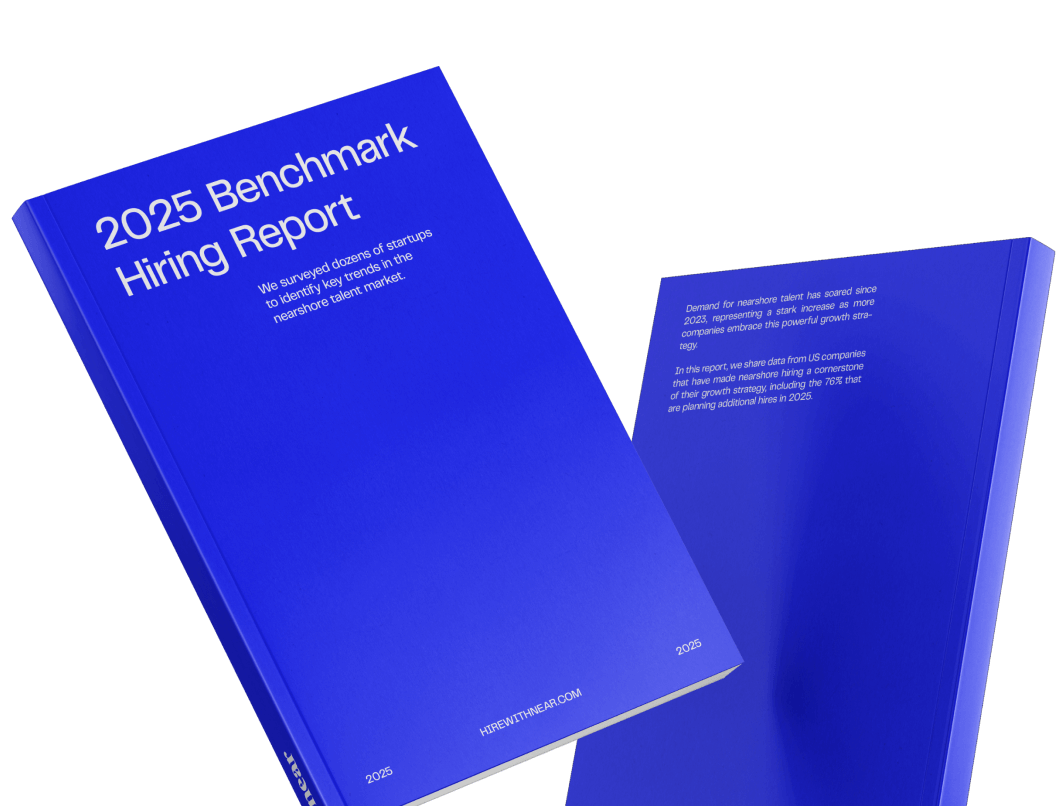It’s easy to make a bad hiring decision. A job candidate can look great on paper and knock the interview out of the park but struggle when they get to work. Some candidates exaggerate their experience and skills, while others become complacent once they’ve secured the position.
Unfortunately, a hiring mistake can be very expensive. One of the main reasons why recruiting agencies and talent acquisition specialists are so valuable to employers is because their screening processes limit these costly bad decisions.
This issue is about more than just wasted salary expenses, however. The real cost of making the wrong hire includes many different elements.
This article will explore the different ways a hiring mistake can cost your organization, both in direct financial terms and more intangible (but still significant) effects.
Why Is It Important To Hire the Right Talent?
Your workers are the backbone of your company. They are the innovators, problem solvers, representatives who interact with clients, and day-to-day workers who keep business operations running smoothly.
Given the significance of their roles, getting the right person for the job is not just important—it’s imperative.
Good hiring decisions can help your business achieve its strategic goals and maintain a competitive edge in the market. The right people can adapt quickly to change, assimilate your organizational values, and contribute positively to your company culture.
Effective recruiting ensures the long-term health and performance of your company. Every new hire is an opportunity to strengthen and enhance your team, and with the high costs associated with bad hires, it’s clear that the stakes are much more significant than they may appear at first glance.
The Real Cost of Making the Wrong Hire
The decision to bring a new worker on board is significant, and when it’s the wrong one, the costs can be surprisingly high. Let’s start by looking at the direct financial repercussions of making a poor hire.
Recruitment costs
First, there’s the recruitment costs. According to the Society for Human Resource Management (SHRM), recruiting costs an average of $4,700 per hire. But this figure can vary significantly depending on the role in question.
Recruitment costs can skyrocket for executives or highly specialized technical roles due to targeted search campaigns and lengthy sourcing periods. The selection process might require extra interviews, skills tests, and—in some cases—travel expenses before you even hire a candidate.
Expenses like the following can quickly add up:
- Advertising fees
- Recruitment agency fees
- Employee referral bonuses
- Background checks
- HR overhead
If you make the wrong hire, these become sunk costs.
Salary and perks
Paying a salary and other compensation to a wrong hire who adds little to no value to your organization is another wasted cost. This includes not only their base salary but also perks, bonuses, and any other benefits included in the total compensation package.
Some projections estimate the full cost of a new hire to be three to four times their annual salary. This means that for someone earning $60,000, the company could spend $180,000 to $240,000 when all expenses are accounted for.
The longer a bad hire stays with your company, the greater the financial impact. If their employment package covers severance pay, this can result in additional costs when they leave.

Training costs
After hiring a new worker, you have to invest time and money to onboard and train them. According to Statista, the average cost of training a new hire in the US is $702, though this expense varies based on the size of the company:
- Small (100–999 employees): $1,105 per hire
- Midsize (1,000–9,999 employees): $544 per hire
- Large (10,000+ employees): $477 per hire
This decrease in training costs as company size increases can largely be attributed to economies of scale. Bigger companies usually have dedicated training departments and standardized programs that can be delivered to many staff simultaneously, making it less costly to train each individual.
Legal costs
The legal ramifications associated with a bad hire are often overlooked. Wrongful termination, disputes over employment terms, and conflicts that escalate into legal confrontations can all incur significant expenses.
In the US, employment lawyers charge an average of $377 per hour, according to a report by Clio. Other expenses to consider include:
- Settlements
- Non-compliance penalties
- Severance packages
- Other costs associated with contractual obligations
Re-hiring process
When you make a bad hire, you’ll need to start the entire recruitment process over. This means you will have to reinvest in the hiring, training, and salary costs mentioned above. Furthermore, you may need to rush to fill the role, increasing the likelihood of making another wrong hire.
The Real Impact of Making a Bad Hire
While most discussions of the cost of a poor hire revolve around tangible financial metrics, the true impact extends far beyond just dollars and cents. Here are some of the other major ways it can affect your business.
Delayed or lost work and productivity
A worker who is unable to perform their tasks as expected can cause delays in delivering work, missed deadlines, and potential workflow bottlenecks.
This goes beyond stalling immediate projects and can have cascading effects across the worker’s team and potentially even the entire organization, including some of the other issues described below.
Increased workload for others
When a bad hire isn’t pulling their weight, the workload gets heavier for everyone else. Other team members have to take duties outside their regular expectations, eventually leading to things like:
- Burnout
- Employee turnover
- Strained relationships
- Weak customer service
- Limited innovation and growth
This extra workload isn’t always visible on the balance sheet (at least not right away) but can crater a company’s health and future performance. According to Gallup, burnt-out employees are 2.6 times as likely to actively seek out a new job, triggering a “downward spiral” for the organization.
Negative impact on team morale
As the American Institute of Stress points out, workload and people issues are the two top causes of stress at work (41% and 32%, respectively). A poor hiring decision can contribute to both.
McKinsey & Company estimates that 11% percent of the workforce in a typical organization are “disruptors,” or those who are likely to negatively affect employee morale.

They are the largest contributors to employee disengagement and attrition, which can cost S&P 500 companies $228 million a year, on average.
Brand reputation damage with clients
The true cost of making the wrong hire isn’t just internal. It can also bleed over into external brand reputation and client relationships. Poor experiences, bad reviews, and negative word of mouth can increase customer acquisition costs. Damage control or public relations efforts can also be expensive.
This impact can be especially severe if the hire is in a client-facing role like sales, customer service, or account management. Even a single poor interaction can cause around 32% of customers to abandon a brand they previously loved.
Missing out on someone great
Bringing the wrong candidate on board means you miss the chance of working with a truly great professional who can drive success, innovation, and positive culture change.
Some of those A-players can even elevate the productivity of coworkers or step into leadership roles. It’s difficult to measure the exact impact of this opportunity cost, but it can be considerable.
Information leaking
A less discussed but potentially disastrous consequence of a bad hire is the risk of sensitive information leaking. Whether it’s due to malicious intent or careless data handling, a disgruntled worker could reveal confidential company secrets or intellectual property.
When you hire someone, you’re placing a lot of trust in them to protect the company—even if you have nondisclosure agreements.
Final Thoughts
The real cost of making the wrong hire is much more than the investment of a job ad or interview. It extends into every facet of your organization, from workplace morale to brand reputation.
But these risks don’t have to be an inevitable part of hiring. Recruitment companies specialize in mitigating these risks by thoroughly vetting candidates to find a good match.
Explore our list of 15 companies that can help you source and screen remote talent, mitigating the risk of a bad hire while cutting down recruitment costs and time to hire.













.png)






%20(1).png)
%20(1).png)
